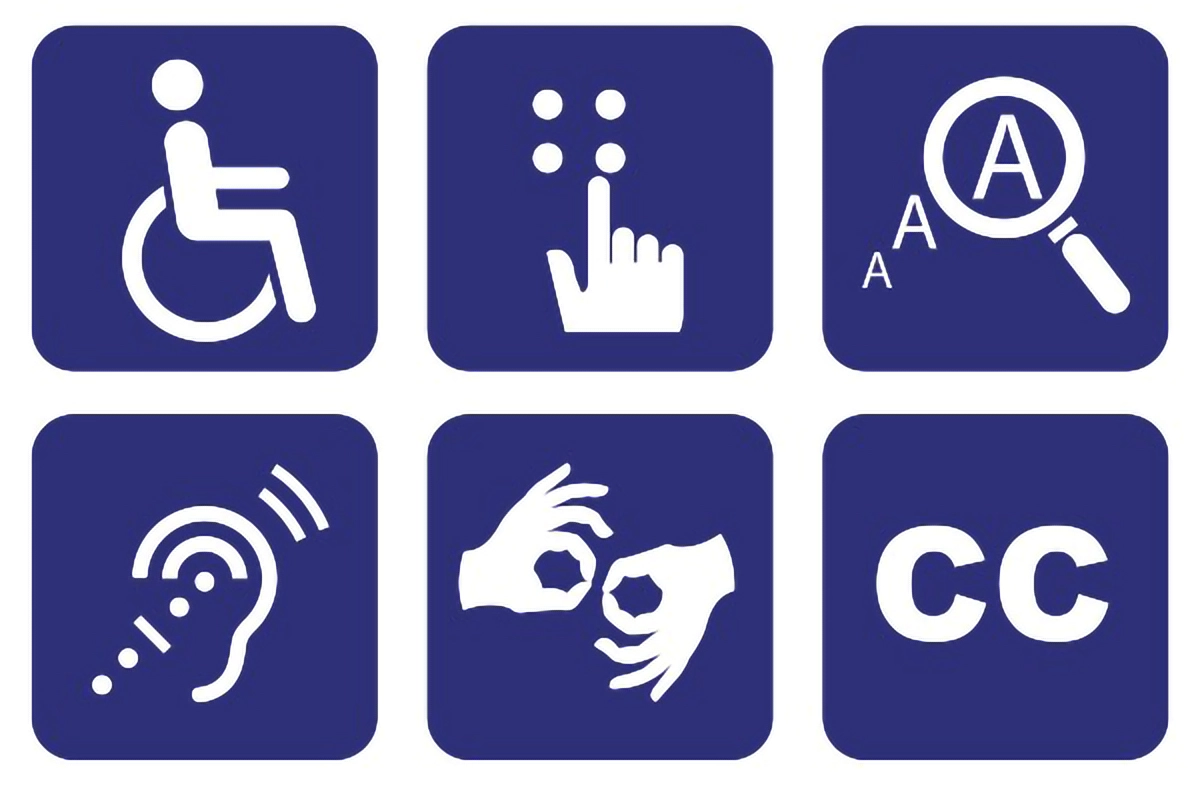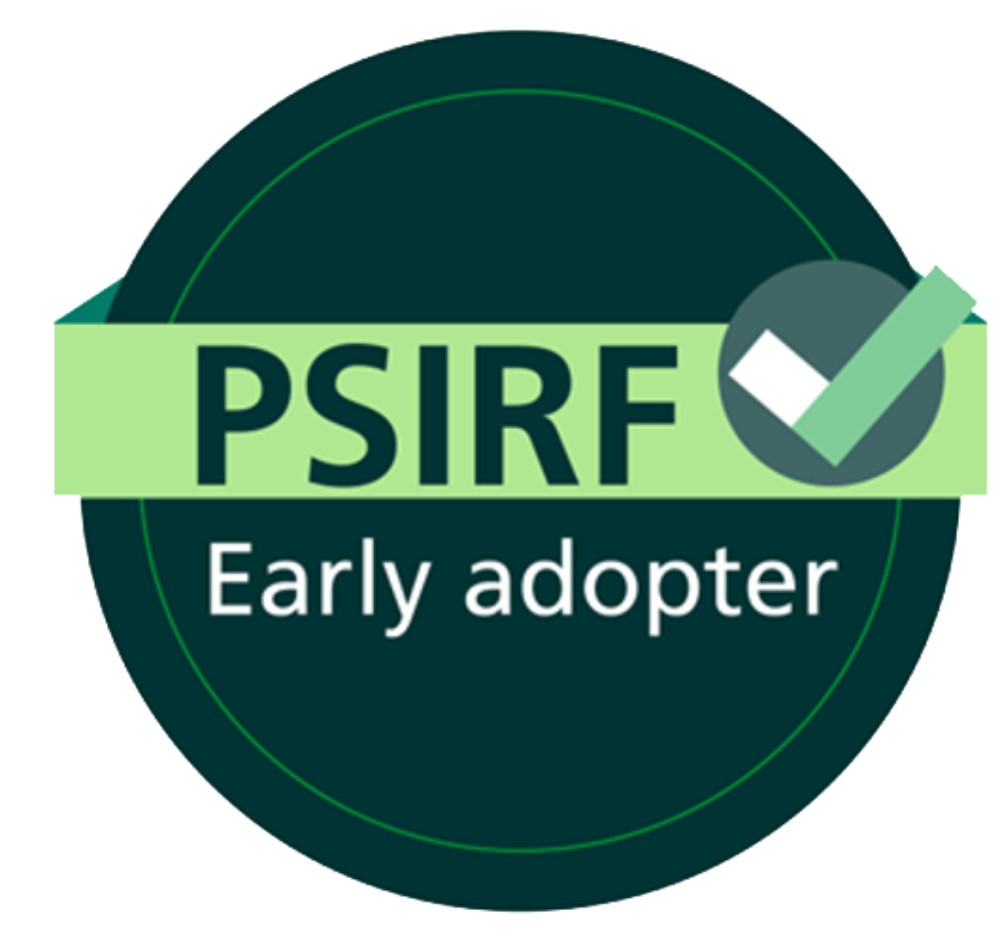We use cookies to help provide you with the best possible online experience.
By using this site, you agree that we may store and access cookies on your device. Cookie policy.
Cookie settings.
Functional Cookies
Functional Cookies are enabled by default at all times so that we can save your preferences for cookie settings and ensure site works and delivers best experience.
3rd Party Cookies
This website uses Google Analytics to collect anonymous information such as the number of visitors to the site, and the most popular pages.
Keeping this cookie enabled helps us to improve our website.
Global Accessibility Awareness Day (GAAD)
15th May 2025
What is Global Accessibility Awareness Day?
Thursday 15th May is Global Accessibility Awareness Day (GAAD). Since 2012 Global Accessibility Awareness Day (GAAD) has been marked each year on the third Thursday of May. The aim of Global Accessibility Awareness Day is to focus attention on digital access and inclusion, making digital products accessible to all, regardless of ability or disability.
According to the latest estimates from the Department of Work and Pension's, there are 16 million Disabled people in the UK, which is around 24% of the population.
World Health Organisation report that there are 1.3 billion people worldwide currently experiencing significant disability and this number is increasing.

What is digital accessibility?
Digital accessibility is the practice of removing barriers on a website, app or digital product to make it usable for as many people as possible. Access to information, including the web, is defined as a basic human right by the United Nations.
Web accessibility prioritises Disabled people using assistive technologies such as screen readers. It can also help people without disabilities. For example, people using mobile phones or those with slower internet connections will benefit from an accessible website or digital product.
It is essential that websites and technologies are designed with good user experience principles so people can:
- understand and interact with the web
- contribute to the web.
Accessibility is essential for some, but useful for all.
What are assistive technologies?
Assistive technologies are products or software that support individuals with disabilities and impairments to interact with the web or perform functions.
Common impairments and their assistive technologies
You or someone you know may live with a disability in their life. Below are some examples of common disabilities and the devices used to improve or maintain their interaction with websites and their functionality.
- Visual: People who are blind or visually impaired need alt text descriptions for images. They may use screenreaders, refreshable braille displays or keyboards to interact with software. Audio descriptions on video can help them interact with visual media.
- Hearing: People who are hard of hearing or deaf will need subtitles for videos and audio cues replaced with visual indicators.
- Motor: People with motor impairments might need adaptive hardware like specialised keyboards, speech input or eye control technology to help them interact with devices.
- Cognitive: People with cognitive or learning disabilities benefit from consistent navigation, plain language and simple design.
Published: May 12, 2025


